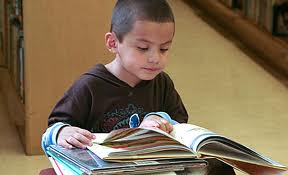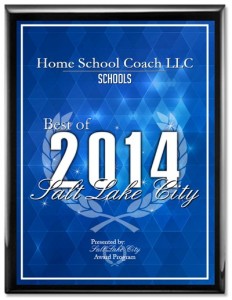“My husband was cuddling with our three year old a few nights ago and asked her if she was ready for school in the morning. She said, “Yeah”. He asked what she was going to do for school and she said, “We do “Spark Station box. It’s fun”. He asked what The Spark Station box had in it and she proceeded to list off a whole bunch of fun things that we have and that she likes to do, BUT I HAVEN”T ADDED [to The Spark Station box], YET! Talk about good ideas…”
That’s great!. It speaks directly to the issue of SPARKS, a term coined by Diann Jeppson. A spark is a comment or action made by a child that helps you know what they are interested in.
Let’s take an example. You are driving in the country and your 6 year old says, “Oh, look at those horses. I just love horses.” That is a spark. Her interest in horses could last only that moment, a few days, weeks or forever, you never know. Your job is to take that spark and use it to inspire her and see if a flame begins. This approach will make learning fun and meaningful to kids.
So how could you do that? Well, you could go to the craft store and buy a wooden cut out of a horse which she could paint and hang on her wall. You could go to the library and get a couple of books that are age appropriate about horses. You could ask around in your community or church to see if anyone knows anyone who has horses. When you find someone make arrangements to take your kids to see horses, possibly ride a horse. You could go to the dollar store and purchase some inexpensive plastic horses for imaginative play. You could get the materials for a mini environment in a tub or box that just happens to mimic the high plains or a farm. You could provide materials for creating a diorama of some environment in which you would find horses. You could find a book on Indians and horses and how they used them. That could lead into how Indians used to live. She could make a diorama of that. That could lead to a book on Native American Masks and the supplies to make a few masks. What if one of the masks was from the Eskimo culture? Then you can find books about where they live and the kinds of animals that live there and on and on and on……. Can you see how we made learning interesting ?
One spark leads to another. You never know where a spark will go. It is your job to hear and see them and then follow up.
One of the ways to really help parents do this is to observe rule five of the Five Rules of Engagement, weekly planning. I joke with parents that it can be held for 30 minutes after you go to bed on Thursday night. If that is all you can do, do that. Parents should take some scheduled time every week to talk about their kids and what they heard and observed during the week and how they can use those things to inspire their children. Many items will go into the closet for play, reading and creative projects. Some times a mentor, a neighbor or friend will be engaged to tell stores about, teach about whatever the spark was. Grandparents can also take part in this ( grandparenting tips) Sometimes there will be a field trip. This is called full circle learning.
Parents working together just a short time each week can make wonderful things happen for their children.
As our children move through core phase and love of learning phase we need to watch for sparks. We need to inspire not require. We need to remember that leadership education, Thomas Jefferson education, is about helping children to explore, be inspired and educate themselves, with a little inspiration from us.
Possibly Related Posts:
- Top 10 Educational Apps for Kids
- 5 Creative Writing Exercises for Kids of All Ages
- 5 Ways to Help Your Child Think Like a Scientist
- Self Care for Better Parenting – Part 2
- Self Care for Better Parenting – Part 1




{ 0 comments… add one now }